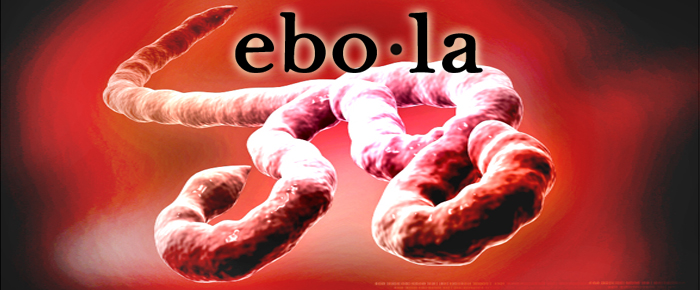
By Dr Peter Kadile
The Ebola virus has been in the nation’s headlines for the past few weeks since two American missionaries contracted the disease in Liberia and have been flown back to the United States. I’ve encountered a lot of different opinions regarding the infected American medical missionaries (Dr. Kent Brantly and Nancy Writebol) return to the United States and unfortunately most of the opinions are based on fear. To help ease the fear about this deadly virus, we need to educate ourselves about it, so let me give you the basics.
1. What is Ebola?
Ebola is a virus first discovered in 1976 near the Ebola River in The Democratic Republic of Congo. The Ebola virus causes viral hemorrhagic fever, affecting multiple organ systems in the body often accompanied with bleeding. The World Health Organization says there are five different strains of the virus, named after the areas they originated in.
2. What are the symptoms?
Early symptoms include sudden onset of fever, weakness, muscle pain, headaches and a sore throat. These symptoms can appear two to 21 days after infection. Some patients may also develop a rash, red eyes, hiccups, chest pains, difficulty swallowing and difficulty breathing.
The early symptoms progress to vomiting, diarrhea, impaired kidney and liver function and sometimes internal and external bleeding (from the eyes, ears and mouth)
3. How is it spread?
The Ebola virus is spread through direct contact with the blood or other body fluids of an infected person or through exposure to infected objects like needles. The virus is not airborne and can’t be spread by contaminated food or water. It is believed the virus is only transmissible when the infected person is symptomatic.
4. Is it fatal?
The fatality rate is up to 90%.
5. How is it treated?
There is no vaccine currently available and there is no specific treatment. Infected patients are treated symptomatically with supportive care, such as; IV hydration, maintaining blood pressure and treatment for any complicating infections.
The two infected American missionary workers were given an experimental drug called ZMapp which may have saved their lives. The drug had never been tried on humans before, but did show some benefit on monkeys.
6. Why were the American missionaries flown back to the U.S.?
Well, they are Americans who volunteered to help others and they deserve to be back in their own country where they can obtain the best treatment and be near their families. They were flown to Emory University Hospital in Atlanta which is one of four medical centers in the country with special isolation units.
7. Is there a risk to the general public in bringing the infected missionaries back to the U.S?
Unlikely, the missionaries are highly contained in Emory’s Ebola unit on a separate floor from other patients. The medical staff follow the Center for Disease Control protocol for communicable disease. They wear full protective gear such as special masks, gowns, gloves and eye protection,










































